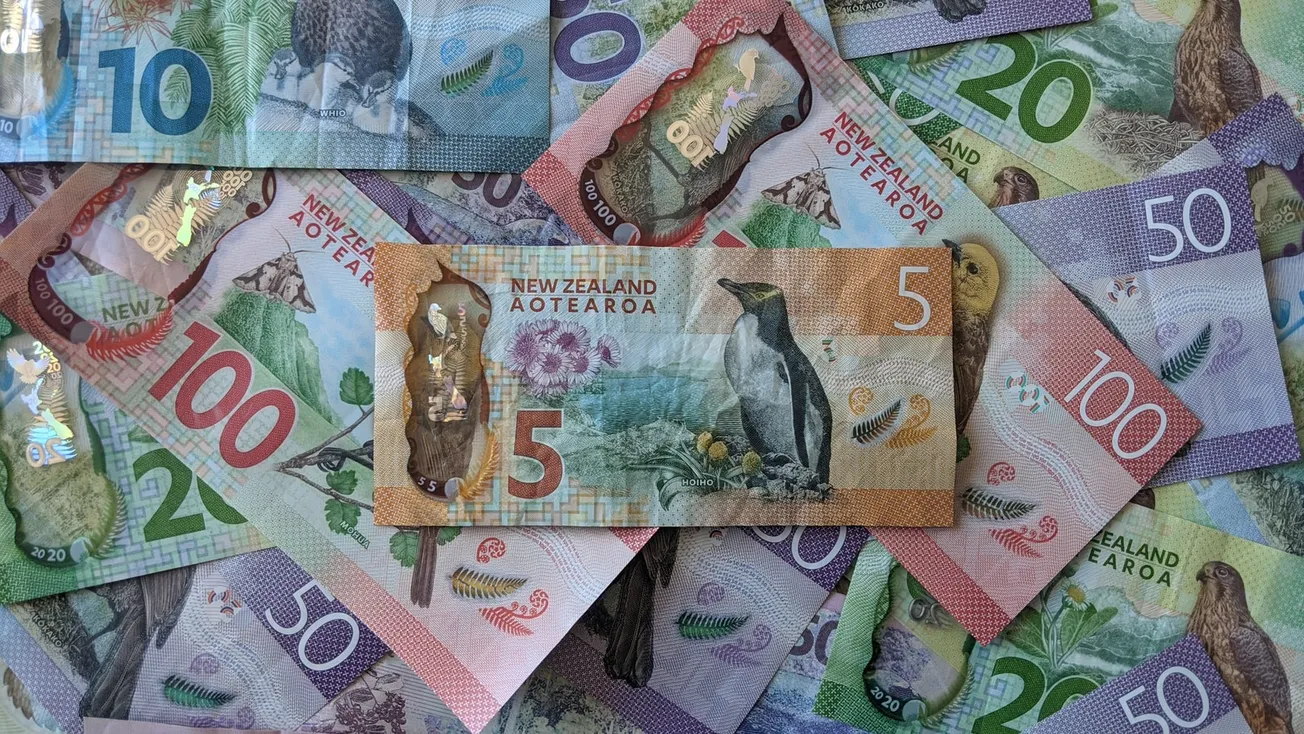Peter J Morgan
BE (Mech.), Dip. Teaching – professional forensic engineer, retired economics, mathematics and physics teacher
Part 14 of 18
There is a growing body of opinion that the present banking and monetary system should be modernised to ‘level the playing field’, to better serve ‘we the people’, and to promote “people’s capitalism”. An article in favour of switching the UK to a Sovereign Money banking and monetary system was published by the Financial Times of London (FT). Significantly, it was written by Martin Wolf, its chief economics commentator, who has come out publicly in favour of switching to a Sovereign Money system.
Sovereign Money is an official policy of the New Zealand First party, a remit to that effect having been passed by 91 votes to 50 at the party’s annual convention in 2015. However, the party hierarchy has continued to defy the party’s own constitution, and as yet has failed to announce it, most likely fearing being branded by the behind-the-scenes vested interests as the ‘funny money’ party. The people labelling Sovereign Money as funny money are in effect labelling notes and coins as funny money – how ludicrous! Sovereign Money is also an official policy of the Green Party of England and Wales, the Green Party of the USA, and the Alternative Party of Denmark. Iceland is considering switching to a Sovereign Money system, too. There are Sovereign Money reform movements in at least 22 countries.
On 10 June 2018 Switzerland had a binding citizens’ initiated referendum on switching to a Sovereign Money system – the first time ever that there has been a public vote on the issue. Not surprisingly, the ‘establishment’, including the governor of Switzerland’s central bank, lambasted the idea and conducted a very expensive campaign of misinformation in a blatant attempt to persuade the Swiss people that introducing a Sovereign Money banking and monetary system would lead to economic disaster. Despite that, the Sovereign Money proposal got 24% of the vote.
Below is a short speech, given on 5 February 2018, by Prof. Joseph Huber, talking about the implementation of a Sovereign Money system for Switzerland: Professor Huber is perhaps the world’s pre-eminent authority on Sovereign Money.
Imagine what would happen in New Zealand, given our MMP electoral system, if a Sovereign Money political party were formed and it got 24% or more of the vote at the next general election. It would be highly likely to form part of the next government.
Just in case readers imagine that Sovereign Money is similar to, or harks back to, Social Credit, it should be noted that the NZ Social Credit Political League of the 1950s did not propose to take back from the banks the power to create new money and give it exclusively to an arm of the state (in New Zealand’s case the RBNZ). Rather, the NZ Social Credit Political League proposed to have an arm of the state create additional money to fill “The Gap” according to the “A plus B Theorem” as propounded by Major C H Douglas, the founder of Social Credit. I agree that that would be a recipe for increasing inflation. It should also be noted that the Social Credit Political League and its “A plus B Theorem” was thoroughly discredited in the unanimous 1956 Report of the New Zealand Royal Commission on Banking, Monetary, and Credit Systems. Unfortunately, the Commissioners completely misunderstood what a Sovereign Money banking and monetary system is, and mistakenly thought that it involved the nationalisation of the banking system, which in my humble opinion would indeed be disastrous. The old Social Credit Political League has since morphed into the Democrats for Social Credit (DSC) party, and then again into simply the Social Credit party. which appears to me (please correct me if I am mistaken) to no longer promote the “A plus B Theorem”. More importantly, the present Social Credit party advocates for a Sovereign Money banking and monetary system.
To this day, opponents of Social Credit refer, in a very derogatory way, to state-created money as ‘funny money’. In doing so, they are displaying their gross ignorance. In fact, Sovereign Money is exactly the same as RBNZ reserves, the state-created real electronic money that banks use to settle among themselves. In a Sovereign Money banking and monetary system, RBNZ reserves would become the ONLY electronic money in circulation, as banks would be absolutely forbidden from creating their ‘funny money’ that we all use, believing – falsely – that it’s real money, while most of us have absolutely no idea that banks create it ex-nihilo and legally get away with the confidence trick (courtesy of the Promissory Notes Act 1704) of charging us interest for ‘borrowing’ it.
Proponents of the Modern Monetary Theory (MMT) school of economic thought do not propose to take away the power of banks to create money ex-nihilo. It seems that they have the mistaken belief that a sovereign government has a monopoly on the issuance of its own currency. Obviously, they regard “currency” as being mere notes and coins, which of course sovereign nations’ governments have the sole right to issue – but that is meaningless when banks have the sole right to issue ‘funny money’ in the form of electronic “promises to pay” which constitute 98% or more of what ‘we the people’ actually use as money.
On 16 June 2016, but for the fatal shooting of a British MP, the governor of the Bank of England was to have given a speech announcing that peer-to-peer lenders were to soon be given the right to have accounts with the Bank of England. This would have opened the way for the introduction of Sovereign Electronic Money in the UK. Also, at a press conference in mid-June 2016, Janet Yellen, the then chairman of the United States Federal Reserve Bank, conceded that she ‘might legitimately consider’ using Sovereign Money Creation in ‘extreme circumstances’, when there is ‘very weak growth’ or ‘deflation’.










